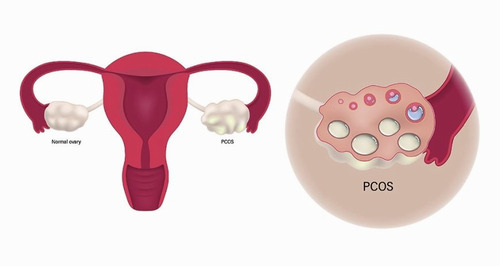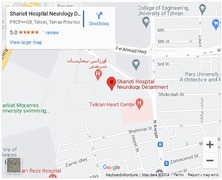insulin
Risk factors for insulin resistance related to polycystic ovarian syndrome in Iranian population

insulin
olycystic ovary syndrome (PCOS) has significant metabolic sequelae linked to insulin resistance. This study aimed to compare clinical, metabolic, and hormonal characteristics of PCOS women with and without insulin resistance. The second aim was to compare the clinico-biochemical profiles of the various PCOS phenotypes. In this cross-sectional secondary analysis, we combined the baseline data from two separate randomized controlled trials (RCTs) in women diagnosed with PCOS. PCOS patients were categorized into the four Rotterdam PCOS phenotypes according to the presence of at least two criteria of oligomenorrhea/anovulation (O), hyperandrogenism (H), and polycystic ovary morphology (P): O-H-P, H-P, O-H, and O-P. Participants were categorized into two groups according to the homeostasis model assessment index of insulin resistance (HOMA-IR) levels: < 3.46, and ≥ 3.46. The correlation between the HOMA-IR and biometric, clinical, and biochemical variables was assessed in normal weight (BMI < 25) and overweight/obese (BMI ≥ 25) PCOS women. Then, the association between PCOS phenotypes and insulin resistance was investigated using logistic regression analysis. A total of 125 PCOS patients aged 18-40 years were included in the present study. Based on our results, the HOMA-IR index was positively correlated with diastolic blood pressure, free androgen index, and triglycerides levels; and negatively correlated with sex hormone-binding globulin in overweight/obese PCOS women. In addition, the HOMA-IR index was found to be positively correlated with alanine transaminase and negatively correlated with diastolic blood pressure in normal weight PCOS women




comment